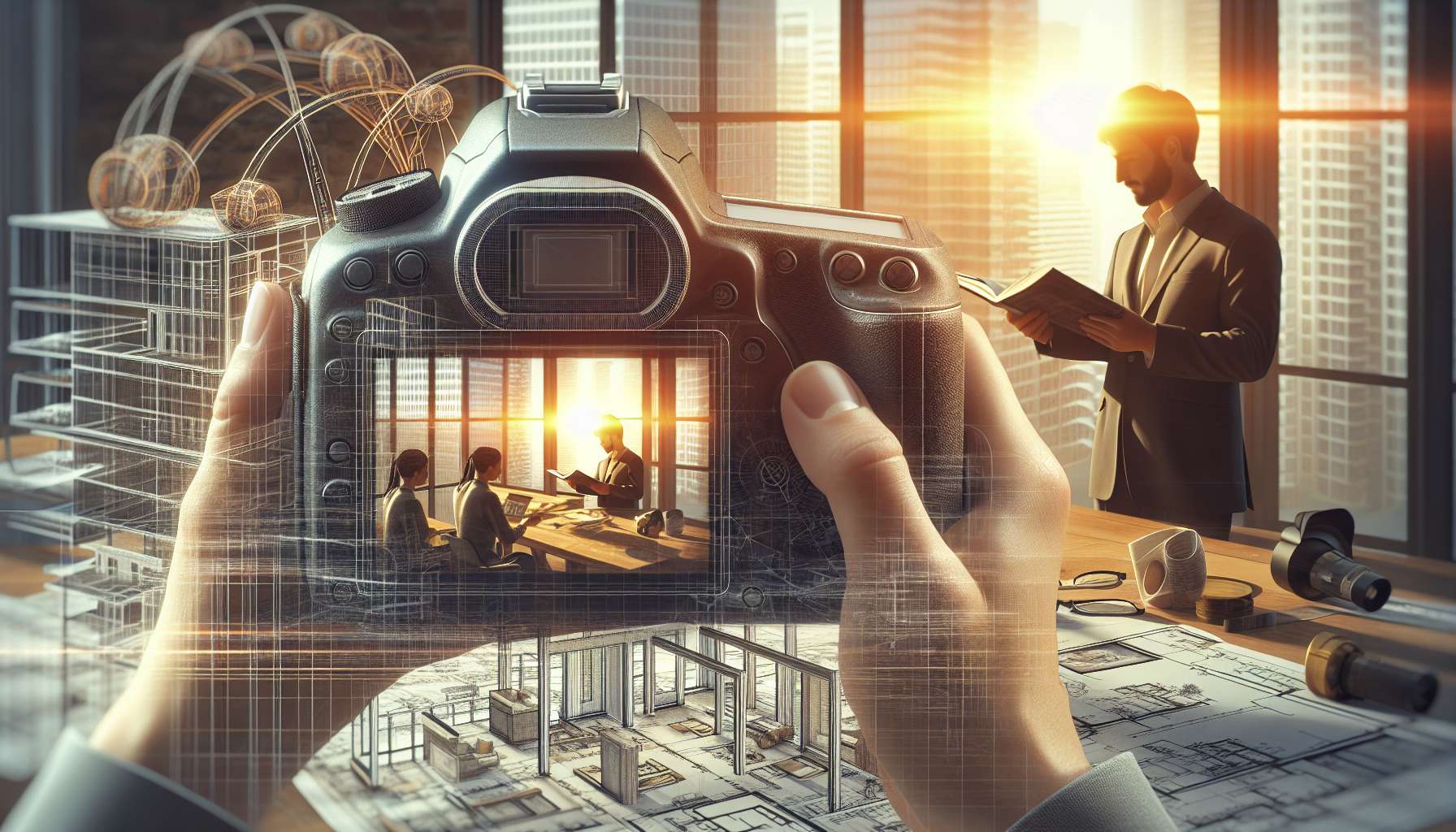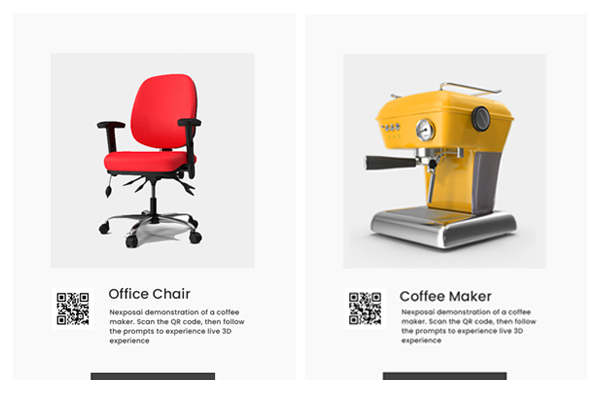Unlocking the Potential: How Augmented Reality is Revolutionizing the Real Estate and Architecture Industries
Imagine being able to step into your dream home before it’s even built. Envision walking through each room, feeling the space, and visualizing the design elements. Thanks to the power of augmented reality (AR) visualization, this is now a reality in the world of real estate and architecture.
What is Augmented Reality?
Before we dive into the transformative impact of AR in real estate, let’s briefly understand what augmented reality is. AR is a technology that overlays digital information, such as images, videos, or 3D models, onto the real world. It enhances our perception of reality by blending virtual elements with the physical environment.
Revolutionizing the Real Estate Industry
The real estate industry has always relied heavily on visual representation to sell properties. Traditionally, this involved static images, floor plans, and physical showings. However, AR has taken this to a whole new level, offering immersive experiences that allow potential buyers to explore properties in a way never before possible.
With AR, prospective buyers can use their smartphones or tablets to view properties in 3D, walk through virtual tours, and even customize the interior design. They can visualize different furniture arrangements, experiment with color schemes, and get a true sense of the space’s potential. This not only saves time and resources for both buyers and sellers but also increases the likelihood of making a sale.
Transforming the Architecture Process
AR visualization is not limited to the real estate market; it is also revolutionizing the way architects design and present their projects. Architects can now create virtual models of their designs and overlay them onto the physical environment. This allows them to assess how the building will fit into the surrounding landscape, test different materials and finishes, and make informed design decisions.
Furthermore, AR enables architects to collaborate more effectively with clients and stakeholders. Instead of relying on blueprints and technical drawings, they can present their designs in an interactive and immersive manner. This helps clients better understand the vision, make informed decisions, and provide valuable feedback, ultimately leading to more successful projects.
The Benefits of AR in Real Estate and Architecture
The benefits of AR visualization in real estate and architecture are numerous and far-reaching. Here are just a few:
- Enhanced Visualization: AR allows potential buyers and clients to visualize properties and designs in a realistic and immersive way, leading to better decision-making.
- Time and Cost Savings: Virtual tours and 3D models reduce the need for physical showings and expensive mock-ups, saving time and resources for all parties involved.
- Increased Sales and Conversions: AR visualization has been shown to increase sales and conversions in the real estate industry by providing a more engaging and interactive experience for buyers.
- Improved Collaboration: Architects can collaborate more effectively with clients and stakeholders, leading to better communication, understanding, and ultimately, successful projects.
- Design Iteration and Experimentation: AR allows architects to quickly iterate and experiment with different design options, leading to more innovative and optimized solutions.
The Future of AR in Real Estate and Architecture
The future of AR in real estate and architecture is incredibly promising. As the technology continues to evolve, we can expect even more advanced features and capabilities. For example, imagine being able to virtually stage a property with different furniture styles or see how natural light changes throughout the day.
Furthermore, as AR becomes more accessible and affordable, we can anticipate its widespread adoption across the industry. This will not only benefit large real estate developers and architectural firms but also empower smaller businesses and individual homeowners to leverage the power of AR visualization.
Conclusion
Augmented reality visualization is transforming the real estate and architecture industries, unlocking new possibilities and revolutionizing the way we design, sell, and experience properties. With its ability to enhance visualization, save time and resources, and improve collaboration, AR is a game-changer for both professionals and consumers alike. As we look to the future, the potential of AR in real estate and architecture is limitless, and it’s an exciting time to be part of this transformative journey.





